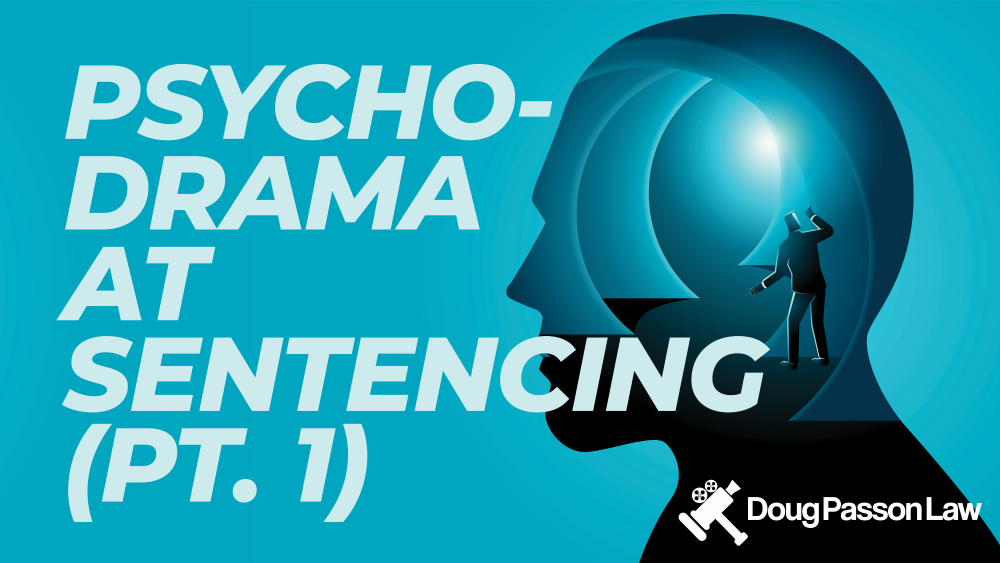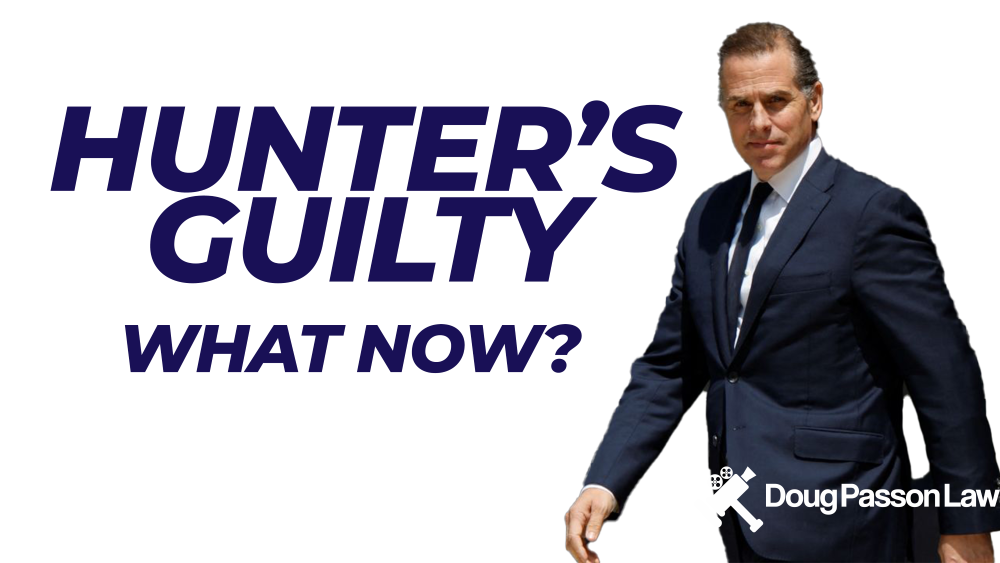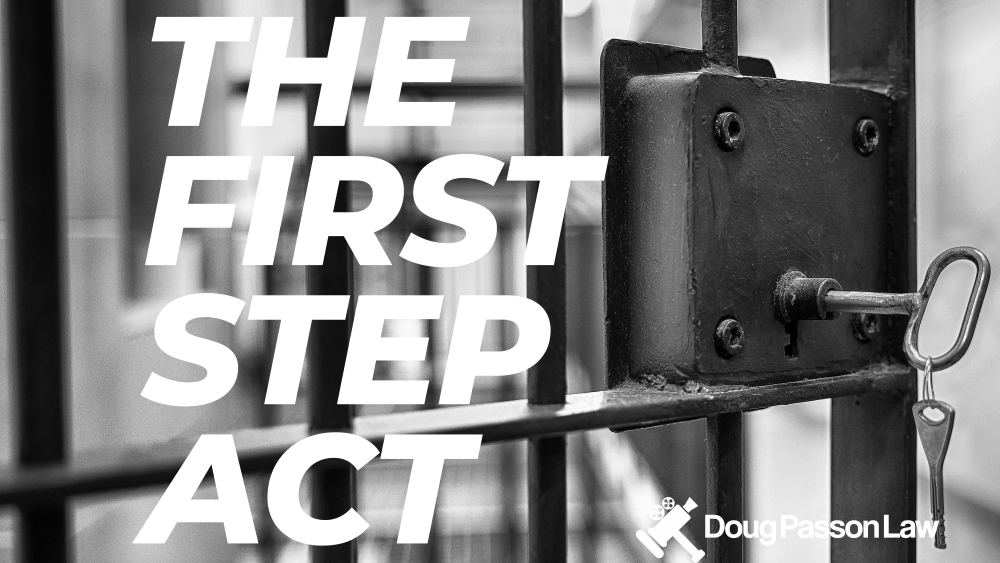Who Says You Can’t? Strategies For Creative Lawyering with Jon May

Watch this episode on YOUTUBE, on APPLE PODCASTS, or wherever you get your podcasts!
Jon May is a gentleman, a scholar, and a phenomenal criminal defense lawyer based in the Miami area. His new book, Who Says You Can’t? How To Become a More Creative Criminal Defense Lawyer embodies his practice and his prolific writing on various aspects of criminal defense. It was an honor to hold court with him as he helps us get Set for Sentencing.
IN THIS EPISODE:
- The concept of “trying your case at sentencing”
- Never shying away from putting your offense in the proper context;
- Convincing prosecutors to drop the case because your client is either not guilty, or they will likely lose at trial;
- A deep dive into the pros and cons of pleading guilty “straight up” (i.e. without any agreement with the government);
- Trying the case with the probation officer during the pre-sentence process;
- The value (or lack thereof) of sentencing letters.
LINKS:
Jon May Website: www.jonmayteamdefense.net
Jon’s Latest Book: Who Says You Can’t? Strategies and Tactics For Becoming a More Creative Criminal Defense Lawyer:
SAMPLE CASE WITH SENTENCING VIDEO:
Jon and I talked about never being afraid to put the offense in proper context at sentencing by pushing back on the worst aspects of the crime and telling a powerful true story around it. I used the example of the alleged “doctor drug dealer narrative” in a fentanyl death case in federal court.
In this case, the client was a medical doctor who sold fentanyl resulting in death. The government referred to him as a “doctor drug dealer”, and that was a gross misrepresentation. Yes, he was a doctor, and yes, he sold a dose of fentanyl, and yes, it took the life of the man who ingested the drug. But there was a deeper story to tell, and because we were not afraid to tell it, the client received a substantially lower sentence.
In that case we prepared a sentencing video to tell the story in a deeper, truer way. You can view that video at this link: https://vimeo.com/743589899
DOUG’S BOOK ON LEGAL STORYTELLING:
I am grateful to Jon that he included a reference to my legal storytelling book. During our conversation, I pulled from that work, referring to what we call “Shirley’s Law”, meaning if we don’t tell our own stories, someone else will tell them for us, and we won’t like it.
The book I co-authored with story and communications expert Dr. Randy Olson, is called The Narrative Gym For Law: Introducing the ABT Framework for Persuasive Advocacy.
And again, of course, thank you to Jon May for referencing that book in his new book! If you’re interested in The Narrative Gym, it’s cheap and short, and packed tight with easy to understand and implement narrative technique. Here’s a link to buy on Amazon: https://a.co/d/axGvZkB
FREE RESOURCE: Jon and I had a long conversation about the pros and cons of sentencing character letters. For a free download of Doug’s guidelines for writing a compelling sentencing letter, click this button:
Sharing is caring!



